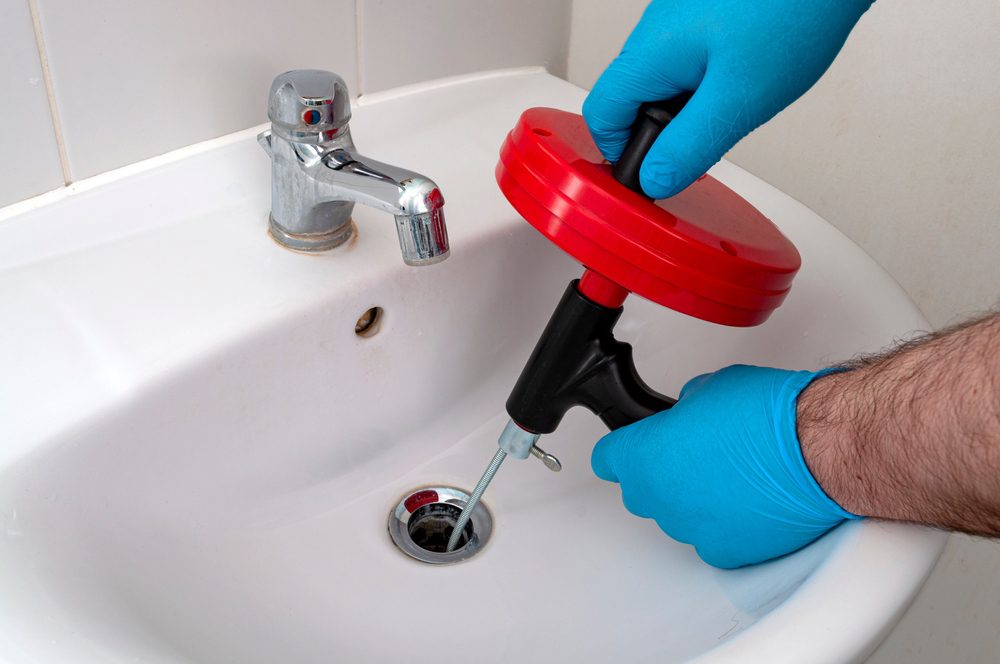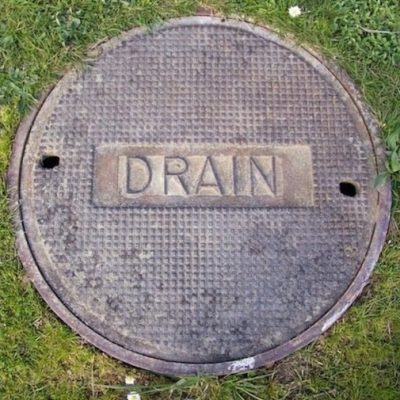The content below about 8 Tips For Clearing A Blocked Drain is amazingly entertaining. Check it out for your own benefit and see what you think about it.

Introduction
Managing a blocked drain can be an aggravating experience, interrupting day-to-day tasks and potentially triggering damages to your building. Nevertheless, before reaching out to pipes experts, there are steps you can take to address the concern on your own. In this overview, we'll discover do it yourself solutions and safety nets to tackle an obstructed drainpipe effectively.
Determining the Issue
The first step in resolving a blocked drain is recognizing the signs. Sluggish water drainage, gurgling sounds, foul odors emanating from drains, or water support up prevail indicators of a blocked drainpipe. Identifying these indications early can help avoid even more problems.
Common Causes of Obstructed Drains
Recognizing the aspects that contribute to drain clogs is vital for effective resolution. Common wrongdoers include hair, soap residue, oil, food debris, and foreign objects like hygienic items or paper towels. Tree roots invading underground pipes can additionally create considerable clogs.
DIY Solutions
For small clogs, numerous DIY options can be reliable. Pouring boiling thin down the drainpipe can help liquify oil and debris. Sodium bicarbonate and vinegar or a combination of salt and baking soda can act as all-natural cleaners. Utilizing a plunger or plumbing snake to remove obstructions is one more choice.
Tools and Tools
Having the right devices available can make DIY drain cleaning more efficient. A plunger is a flexible device for removing obstructions in sinks, toilets, and showers. A plumbing serpent or auger can get to much deeper blockages, while drain cleaning chemicals can be made use of very carefully for stubborn obstructions.
Preventive Measures
To prevent future blockages, taking on preventive measures is critical. Mount drainpipe guards or strainers to catch hair and particles prior to they enter the pipes. Routinely flush drains with warm water to liquify oil buildup, and prevent disposing of oil or solid waste away.
When to Call an Expert
While DIY solutions can settle small obstructions, specific signs suggest the demand for expert aid. Persistent blockages, foul odors regardless of cleansing initiatives, or numerous drains pipes supporting simultaneously are red flags that warrant experienced intervention.
Choosing the Right Pipes Solution
When choosing a pipes service, take into consideration aspects such as experience, licensing, and consumer reviews. Pick a reliable plumbing professional with a track record of high quality workmanship and clear pricing practices.
Expense Considerations
The expense of specialist drain cleaning company can differ depending upon the extent of the blockage and the plumbing professional's rates. Demand quotes from numerous providers and inquire about any type of additional charges to make certain transparency and avoid surprises.
Safety and security Precautions
When attempting do it yourself drain cleaning, prioritize safety. Wear protective handwear covers and eyewear to prevent contact with hazardous chemicals or microorganisms. Never ever blend different drainpipe cleansing items, as this can generate hazardous fumes.
Case Studies
Real-life examples illustrate the effectiveness of do it yourself options and the importance of prompt specialist treatment in resolving drain blockages.
Conclusion
By adhering to the pointers outlined in this guide, you can efficiently take on obstructed drains pipes and stop future pipes problems. Whether choosing do it yourself solutions or seeking professional help, prompt activity is vital to keeping a healthy and balanced pipes system and preserving the integrity of your home.
How to Clear a Clogged Drain Yourself (And When to Call In the Professionals)
What Can Clog a Drain
Dirt Skin flakes Hair Grease Soap scum Food Offset pipes Tree roots Small objects Mineral buildup DIY Tricks to Unclog a Drain
You can fix this! Once you have identified the source of the clog (or have a vague idea), you can try one or a combination of these fixes in order to clear your plumbing.
Wire Hanger or Snake
Untangle and clear out hair from a drainpipe with a homemade snake. Use a straightened-out wire hanger with a 90-degree angle hook to locate the clog and drag out any unwanted material.
Remember not to push the clog further down to where the wire hanger cannot reach! If you need to follow up with a plunger, give it a try. Your efforts might be more successful after it’s been wire-snaked.
If you want to get fancy and don’t have a wire hanger to spare, head to the store and pick up a hand-operated drain snake. You can get one for $10-$30. It may save you the hassle, and provide additional length to reach deep into the clogged pipe.
Plunger
A cup plunger has a suction cup attached to a wooden handle. The rubber creates a seal around the drain, and increases the pressure force of the plunger.
Plunge for 30-second increments to loosen the clog. This may need to be repeated over the course of 15-20 minutes. Once plunged, run the water to flush the remaining material out of the drain.
Remember– never use a plunger if you have used a chemical drain cleaner. These chemicals can splash up from the force of the plunger and cause serious injury or burns.
Boiling Water
Hot water can sometimes break up materials into a flushable amount. Dirt, grease, and soap buildup requires heat in order to unstick from surfaces.
Take your kitchen kettle and heat your water to a boil. Once it reaches a rolling boil, pour it directly down the drain into the blockage. Carefully follow with plunging, if necessary.
Don’t worry if this takes more than one try! It can often take multiple kettles and repeated plunging in order to clear a particularly stubborn clog.
Chemical Drain Cleaner
As a last resort, pick up a bottle of chemical drain cleaner. Drain-cleaning chemicals are potent, and not very good for the environment.
You may need to wear protective eyewear in gloves before handling your bottle of chemical drain cleaner. Follow the instructions printed on the bottle, and flush with water as soon as the instructions allow. Do not follow with plunging.
Baking Soda and Vinegar
As a safer alternative to chemical drain cleaner, baking soda and vinegar can create a chemical reaction that clears tough clogs.
Combine one cup of cleaning vinegar with one cup of boiling water, and set aside. Once you have done this, pour half a cup of baking soda down the drain. Give the baking thirty seconds to settle and cover a large portion of the problem drain.
Following the baking soda, pour down your vinegar and hot water solution. Once the vinegar and baking soda combine, the mixture will bubble and fix. Let this reaction fizzle in the drain for about an hour.
After an hour, follow with a kettle’s worth of hot water. The heat and liquid should flush out any remaining material.
When to Call a Plumber
If your DIY attempts haven’t cleared your clog drain, it’s time to call in a professional. It’s not worth losing access to your kitchen sink or high-traffic bathroom. A clog in a vital area can keep you from the things you’d rather be doing, and derail your routine.
Anytime a clog is causing water to spread is a time to call in a plumbing service. What starts out as a little bit of water can quickly grow into serious, expensive water damage.
Additionally, a serious clog can result in burst pipes or serious leaks. Make sure you know when to take it seriously!
https://myguysnow.com/how-to-clear-a-clogged-drain-yourself-and-when-to-call-in-the-professionals/

As a passionate reader about , I figured sharing that piece of content was worth the trouble. Enjoyed reading our article? Please quickly share it. Help someone else check it out. I praise you for your time. Don't forget to check up our blog back soon.
Need Help? Hire Us Now!